You are here
Valikhanov trip mausoleum of Bayan-Sulu and Kozy-Korpesh.
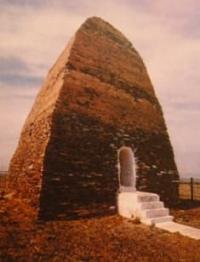
Mausoleums of East Kazakhstan.
“The favorite story that the whole steppe knows from Orenburg to Zaisan, the top of Kazakh ethics, is the story of the beautiful Bayan-Sulu, who fell in love with Kozy-Korpesh. The plot is international, but not a single nationality has made it such an outstanding item in its epic as the Kazakhs.”
Traveler-explorer. A G. Potanin.
Trip to Mausoleum of Bayan-Sulu and Kozy-Korpesh.
“From Ayaguz the road led to a ford across the Tumurza, a tributary of the Ayaguzka, and further along the right hilly bank of the river to the old Ayaguzka. The golden-haired Kozy-Korpesh and the beautiful Bayan-Sulu once lived in these places.
Here Bayan erected a monument to her beloved… Chokan was going to visit the grave of Kozy-Korpesh without fail. He recorded an old Kazakh legend as a boy performed by Janak. Then Chokan fell into the hands of a Russian translation of the Bashkir story "Kuz-Kurpyach" printed in Kazan.
He saw Kostyletsky's scholarly publication in Persian with commentaries, but he could not read it because he did not know Persian. It turns out that the poetic legend about two lovers belonged not only to the Kazakhs, it existed among many peoples of Central Asia.
Kozy-Korpesh and the beautiful Bayan-sulu fell in love with each other. But the girl's father, cruel and stingy Karabay, promised her as a wife to Kodar. The lovers met in secret. Upon learning of this, Kodar crept up to the sleeping Kozy-Korpesh, pierced him with an arrow and - already at the dead one - cut off the golden-haired head, galloped to Bayan and threw the Goat's head at her feet.
The beautiful Bayan found the body of her beloved, put her head on, and Kozy was resurrected. For three days the happiness of the lovers lasted. On the third evening Goats gave up his spirit. Bayan buried him, and a year later she held a commemoration, erected a high tombstone over the grave and plunged a dagger into her heart.
…But no matter where, in whatever region the sad legend about two lovers is told, the tombstone erected by Bayan-Sulu was located on the Kazakh land and was revered by the Kazakhs as a shrine. Centuries flew over the steppe.
Conquerors came, conquerors left. Cities and states arose and disappeared. And the legend was passed from mouth to mouth - it is immortal. A people capable of creating and preserving such a legend cannot be called backward, wild or something else!...
Kazakhs have their own literature, Kazakhs have their own Romeo and Juliet, there is the most poetic monument on earth. They say that he is simple in appearance, surrounded by roughly hewn stone sculptures, but worship of him among the steppe nomadic people is wonderful.
Chokan carefully considered the meeting with the monument, calculated the time to drive up to the grave at sunrise, when the lark sings its first song. But everything was spoiled by the rain that started at night. Journal entry: “Man proposes, but God disposes.
All night large drops of rain pounded on the umbrella of the tarantass. The exhausted horses, gliding through the mud, moved at a step. Only the intensified slapping of the whip and the snorting of the tired horses and the desperate cries of the coachman broke the monotonous battle of the rain...
It was a bad night and it was bad to ride. In anxious doubt that the rain would not interfere with the planned plan, I several times turned to the coachman with the question “Well, what didn’t you explain?” The coachman, soaked to the bone, grumpily answered: “No,” and then, in the form of an appeal to fate, added “What a weather!
Brr…” and shook off the water that had accumulated on his knees. I felt sorry for the driver - if we were going soon, he would have long been resting on a warm stove. It was also a pity for the memory of the beautiful Bayana. So we drove for an hour.
- Your honor, - the coachman reacted, - here is the grave! I stuck my head out. The sun came out dimly from behind gloomy clouds, the whole sky was covered with a continuous mass of dirty-matte clouds, the rain fell as before, the horses, washed out, barely dragged along the dirty salt marsh, to the left beyond the river, through the tops of the poplars, the pointed spire of the grave was visible, it seemed to be made of red brick.
In such weather, there was nothing to think about tea and a comfortable inspection of the Kyrgyz antique.
- It seems, and the river is in flood, your honor: you will not move, - the driver remarked, as if guessing my secret thought.
- Well, go ahead, let's look back, I said, and, wrapping myself in a fur coat, turned on my right side and closed my eyes to sleep.
Chokan did come here after (or did he return halfway?). He was struck by the height of the monument. Nine people had to stand on top of each other so that the top one could reach the dome. Chokan made sketches - in pencil and pen - from the stone sculptures that stood against the eastern wall.
According to folk legend, one of the female figures depicted the heroine of the poem, the other - her sister Aygyz, the third - her aunt, zhenge. To the left of the figure depicting Bayan, there is a male the figure is Kozy-Korpesh. According to Chokan's drawing, it can be seen that even then, in 1856, the male statue did not have a head.
Who cut it off and when? “According to modern researchers of the monuments of Kazakhstan, the 14-meter mausoleum on Ayaguz was erected between the 5th and 10th centuries. In the 50s of the XIXth century, one of the Russian researchers was going to transfer them to the Moscow Historical Museum in order to preserve the integrity of the ancient figures, but did not receive the support of the local authorities, who then willingly contributed to the sending of two statues to Germany.
In 1917, Potanin instructed one of the local historians to examine the monument of Kozy-Korpesh and Bayan-sul, and he sadly informed his friend Chokan Valikhanov about the final destruction of the national shrine.
In 1833 A.S. Pushkin left Uralsk in autumn for Guriev. However, due to weather conditions and impassability, not reaching Guryev, he was forced to return. Alexander Sergeevich made a trip to the places of the Pugachev movement.
The poet visited the Kazakh auls, became closely acquainted with their inhabitants, had factual materials reflecting the participation of the Kazakhs in the peasant war. The great Russian poet wrote down the poem "Kozy-Korpesh - Bayan Sulu".
Geographical coordinates of mausoleum of Kozy-Korpesh and Bayan-Sulu: N47°17'38.97" E79°42'12.41"
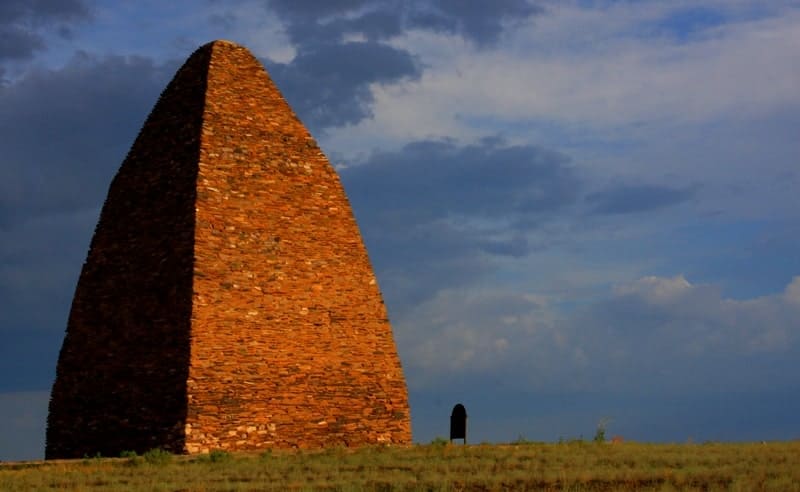
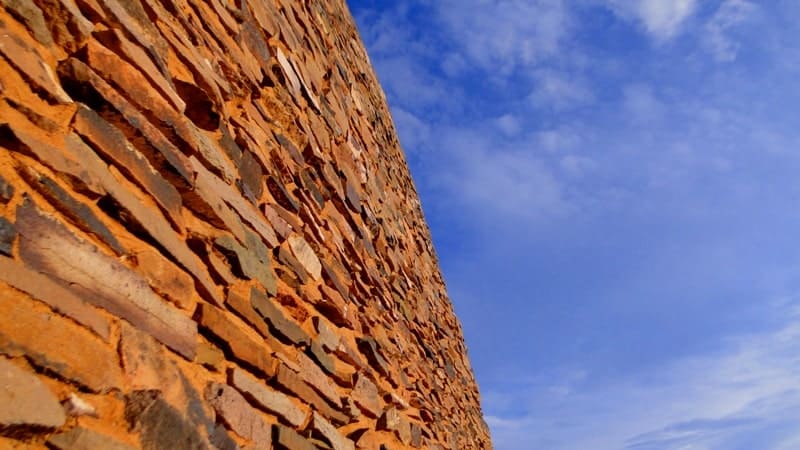
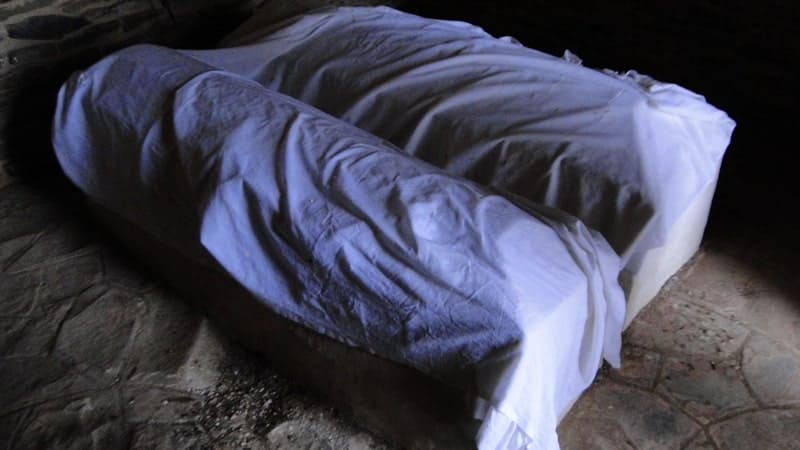
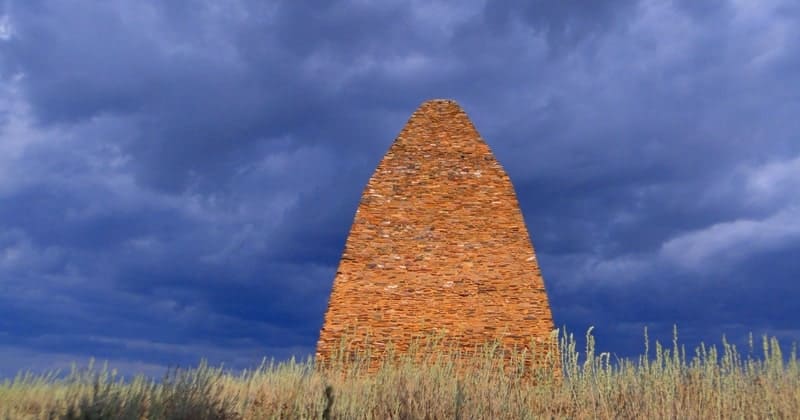
Authority:
Excerpts from the book by I. Strelkova "Valikhanov" from the series "Life of Remarkable People", 1983, Moscow, publishing house "Young Guard".
Photo by
Alexander Petrov.







